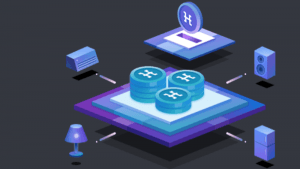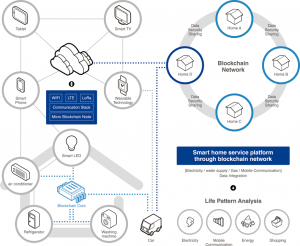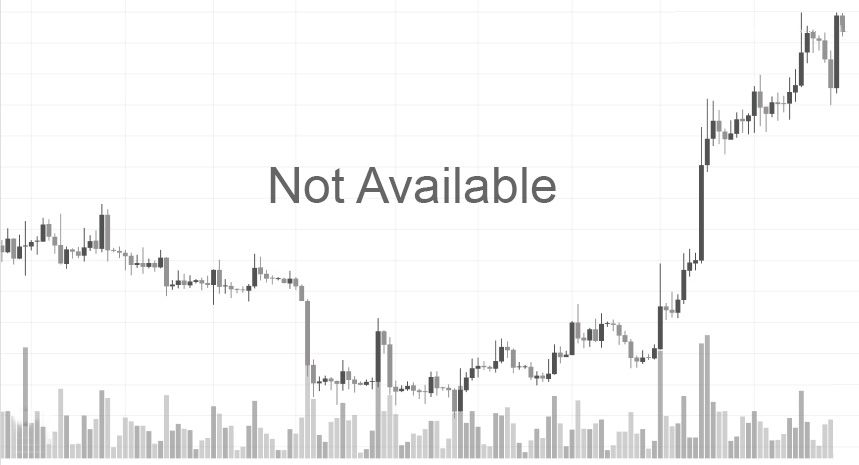The Hyundai Digital Asset Currency and its HDAC token exist on the blockchain-based platform which supports communication among the Internet of Things devices as well as payment, identity authentication and data storage functions.

What Is Hdac?
Starting out as one of the largest initial coin offerings (ICO) in 2017, the Hdac project does have a big name behind it to support its bid for the public attention. It was launched as the pet project of the Hdac Technology Company which received a lot of support from its parent organization – the Hyundai Group, as a globally known South Korean conglomerate and brand. After the ICO brought it some USD 258 million, the Hdac project team went on with launching its mainnet in May 2018.
Despite directing its operation from Switzerland, the Hdac Company’s project generated much buzz primarily in South Korea, with the ambition to spread it globally based on two main goals:
- Enforcing synergy between the blockchain and the Internet of Things (IoT) as two emerging technologies
- Supporting easier integration between public and private blockchain networks and ensuring faster and more secure interaction between them
Based on this, the Hdac project is being promoted as BaaS (blockchain-as-a-service) platform which is primarily aimed at enterprises seeking to implement services which combine the “best of both worlds” when it comes to the blockchain and IoT. The platform will be deployed gradually up until the year 2020 in which the Hdac plans to launch its Hybrid Blockchain Network which will allow for the full integration of its private and public blockchains.
What Is Hdac Trying to Achieve?
The Hdac team’s idea behind promoting synergistic interaction between the IoT and blockchain is based on the superficial yet considerable similarity in the manner in which their architectures operate. With blockchain, numerous users share and interact with other users’ accounts. Similarly, the IoT encompasses numerous devices and services that are connected via the Internet and exchange information among themselves.
- Hdac platform should allow the blockchain to become a secure and effective transaction channel for the payment operations between the Internet of Things devices. The key consideration in this goal is empowering machine-to-machine (M2M) transactions with the peer-to-peer (P2P) support. This is supposed to improve on the several facets of the currently centralized billing systems used in, for instance, consumption tracking, apartment management and utility bill payments. This refers to securing lower costs and increasing efficiency at the same time. In the future, the Hdac platform is supposed to feature a reliable blockchain network capable of making use of the devices which are part of the IoT networks.
- Hdac platform is supposed to allow for easier identification and mapping of the IoT devices tasked with performing various economic activities. Connected environments, such as those in the IoT setting, need to have a capable authentication engine which can grant adequate privileges to the devices and users involved in the transaction management. With the help of the Hdac platform, transactions and micropayments involved in the purchase of consumer goods and payment for the services such as electricity, water, cable TV and the Internet, will be authorized on a private blockchain only, yet securely linked with a public blockchain in order to make it possible to complete these operations. To that purpose, the Hdac platform will be provided with a cryptocurrency-supporting public chain which will interact with private chains as part of the future Hdac ecosystem.
- Hdac platform will use its blockchain architecture to combat privacy and security issues which are sometimes seen as hampering the IoT adoption. Identifying privacy as one of the main obstacles to promoting the growth of the IoT platforms and being inspired by the smart contract technology, the Hdac team came up with the concept of the so-called IoT contracts. These contracts are set in place to ensure communication, control and access between the IoT devices, with a strong focus on protecting their anonymity. This is achieved by having all related transactions recorded in the ledger and securing them with the random quantum number generation technology. At the same time, the very use of the blockchain architecture in the Hdac design is supposed to protect featured IoT devices from hacking, privacy and other external attacks.

How Can Blockchain Support the Use of IoT Devices?
Using private blockchains as part of the Hdac ecosystem can be considered successful only to the degree to which the platform itself can ensure their interaction with the public chains. When providing support for the IoT devices for this purpose, this process can take several steps:
- The user selects a device to be operated with a set capacity and budget
- A control device mounted on a phone, a PC or remote control is configured by inputting values via an IoT contract (see below)
- A system in charge of processing data sends these predefined values to the measurement device and gets activated
- The device will be operational until it receives the signal informing it that the predefined measured value has been reached
- Communication process involving control, measurement and operating devices needs to be authenticated, which is ensured with the help of the private blockchain created by the user
- This blockchain can be provided with attributes that make sure that transactions are made only with a specific purpose, thus preventing interaction with undesired devices or services. At the same time, the private blockchain can be provided with a set of conditions that trigger actions in case of emergencies, such as shutting down the gas or electricity supply.
Components of the IoT Blockchain Network
The IoT blockchain network itself is designed to operate as a private blockchain. Its main components are:
- Nodes. They record all transaction blocks, store configuration information exchanged between devices or between users and devices, keep information on billing and management, etc.
- Administrators. They register users and devices in the blockchain and provide access to them. Related settings are stored in nodes and distributed to the users and devices.
- Users. Both persons and devices are designated as “users” and they run simple nodes.
- Gateways. These units control dummy devices or sensors and analyze smart contracts for IoT devices.
- Devices. These are connected to the gateways or nodes that do not store blocks and are assigned individual addresses.
Smart Contracts for IoT Devices
The Hdac team sought to bring the functionality of smart contracts to the world of the Internet of Things. This primarily refers to their application as a trust-enforcing technology which found its variance in the Hdac’s concept of IoT contracts which bring blockchain functionality to the IoT. The team foresees that these will initially find their application in the smart building management system, as the IoT contracts are primarily tasked with the operation of devices. These contracts have several distinctive features:
- Handling authentication between human users and their IoT devices, such as sensors and robots
- Managing precise authentication among devices themselves
- Maintain control over devices, such as keeping them in working order and recording their work history
- Inquiring about data on IoT devices
The HDAC token operates in unison with the IoT contracts. Being the main means of payment on the Hdac platform, it can be used to pay for services covered by IoT, such as car parking, gas, tolls, rentals, etc. At the same time, the token can be assigned a specific function, such as being used as a key to start a car or activate a smart home system.
Yet, Hdac platform also supports creating, naming and distributing custom HDAC assets which can be used for any business or payment purpose a user may find useful. In addition to being able to use custom assets just like the native HDAC token, these can also be exchanged for HDAC at an appropriate ratio.
What is H-UMBA?
Hdac platform aims to provide the same treatment to both the IoT devices and services associated with them. Commercialization of these services has been faced with an obstacle which Hdac aims to change with its H-UMBA (Hdac Universal Multitenancy Blockchain Adapter) technology. Its main goal is to ensure compatibility between disparate devices and connect them with a blockchain network.
Based on the blockchain convergence model, H-UMBA is supposed to manage and broadcast information related to control and configuration among the heterogeneous IoT devices. In this case, Hdac platform’s private blockchain will handle installation and configuration features, with the blockchain itself will be configured by users.

Performance and ePoW Consensus on Hdac
While citing Bitcoin as one of their role models for approaching the issues faced by IoT, the Hdac team still felt the need to design and deploy architecture which could offer more competitive performance.
Hdac team went for allocating three-minute block times, which is supposed to compensate for the lacking traffic speeds often found in the third world countries. The maximum block size goes up to 8MB and is designed to be dynamic.
When it comes to transaction speeds, the Hdac blockchain aims for some 160 tx/sec for its public segment and approximately 500 tx/sec for the private one. In its whitepaper, the team set the goal of 1000 tx/sec as the long term performance target.
Hdac blockchain runs on its own version of the Proof-of-Work consensus algorithm, which the team designated as ePoW. The ePoW is promoted as “PoW based on equitable chance and energy-saving”, with the model being described as being lighter on energy demands and achieving similar results to PoW with fewer nodes. With it, Hdac also aims to stimulate participation in multiple mining nodes. In addition to mining, HDAC is available for trading on cryptocurrency exchanges such as Bithumb, Coinbene and others.
As of April 2019, the Hdac platform’s main team consisted of Dae-Sun Chung as the project’s founder, Hee-Chang Yang as the Managing Director of Hdac Technology AG and Michael Yun as the General Manager of Hdac Technology AG Korea Office.
